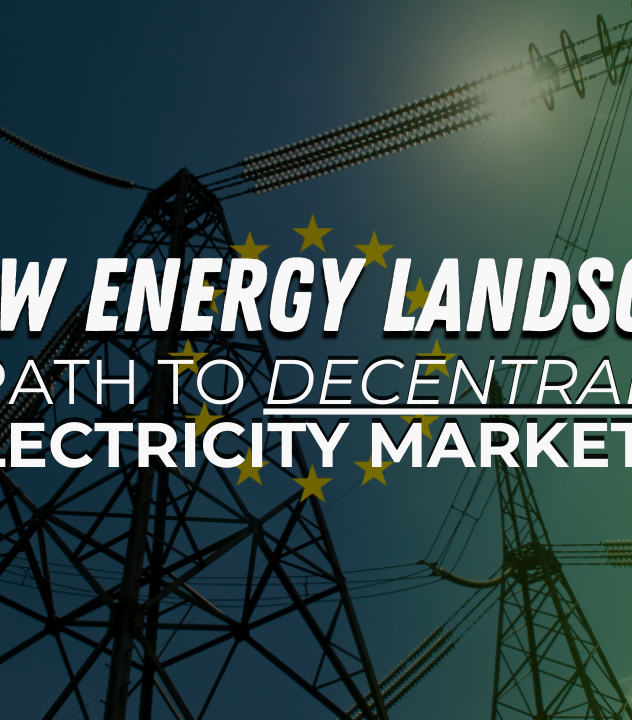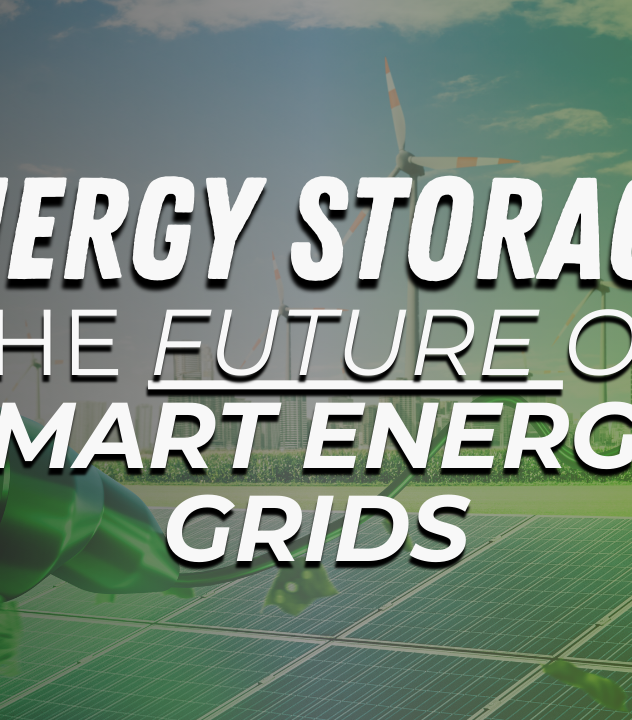
The Role of Collective Buildings in Achieving a Net Zero Future
Collective buildings are often overlooked in discussions about fossil fuel consumption – that discussion is usually linked to industries and transportation.
However, collective-use buildings have very high energy demands and they account for over one-third of global energy consumption and emissions, according to the IEA (International Energy Agency) – More efforts are needed related to the energy transition of these buildings to achieve carbon neutrality over the next few decades.
Zero-carbon-ready buildings
In the circular economy, we have 3 main R’s or pillars, as you wish to call them: Reduce, Re-use, and Recycle. In Barcelona, for instance, as the sustainable approach importance becomes more and more clear on different fronts, the term “Trias Energetica” term has emerged among architects, which can be translated into: “Reduction of energy demand, Efficient installations and Renewable Energies” – the modern pillars of zero-carbon-ready buildings.
The Energy Performance of Buildings Directive (EPBD)
The EPDB initiative aims to align the building sector with Net Zero Emissions by 2050 by mandating zero emissions for new buildings and setting tighter standards for existing public and private structures starting in 2026.
With the new requirements, new and old technologies need to adapt, and the demand for innovative energy efficiency solutions has never been that high.
Enhancing sustainability in existing buildings
75 % of Union buildings are still energy-inefficient, according to IEA
The retrofitting challenge to existing buildings regarding the adoption of sustainability measures often comes with unique challenges.
However, it’s a necessary endeavor as today’s design and investment decisions will shape our energy consumption patterns for decades due to the long lifetime of most structures, heating and cooling systems, and other appliances.
These buildings, including many universities, often rely on outdated systems like antique gas boilers and fossil fuels for heating, significantly affecting their carbon footprint.
Rather than demolishing and rebuilding, which increases emissions (according to the life cycle analysis), the focus should be on extending the life of these buildings through sustainable renovations.
This approach not only aids in decarbonization but also demands a transformative shift in the real estate and construction sectors, embracing energy efficiency as a cornerstone of future development.
Rethinking Global Energy Efficiency
Deep renovation for improved energy efficiency and performance in buildings offers significant social, economic, and environmental advantages.
It’s the most effective and cost-efficient strategy to reduce dependency on energy imports and counteract the impact of high energy costs.
Prioritizing investments in energy efficiency is crucial at both the private and public levels.
SCIVEN’s solutions support this goal by enhancing energy efficiency without disrupting existing processes, contributing actively to the energy transition, and the pursuit of a net zero future.






Leave a Reply